I would rate red mites as being one of the biggest problems you will face when keeping chickens. Red Mites live in the cracks of chicken houses (typically under perch ends) coming out at night, crawling onto your birds for a feed.
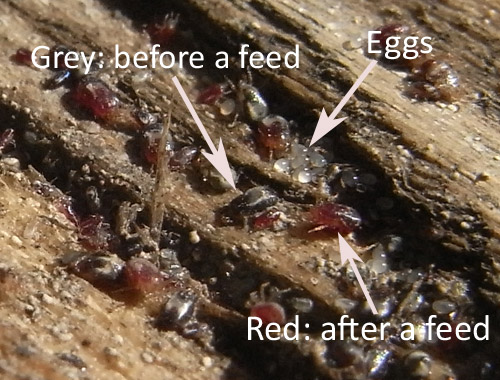
Macro shot of Red Mite in a crack on a perch. These were disturbed after a treatment with Poultry Shield.
They start off as very small greyish-white mites that swell up into red coloured mites after a feed and at their biggest are only 1mm so small numbers of them can be hard to spot unless you know what to look for.
You will often find a grey ash like deposit around perch ends which is where the mites have been and if you lift the perch, you will see clumps of mites.
Red Mite in chickens’ houses are active during the warmer months, usually May to October and will become dormant over the winter. They multiply at an incredible rate: their life cycle is just 7-10 days. In other words from hatching from an egg to being an adult laying hundreds of eggs takes just a week if conditions are right.
Be Proactive.
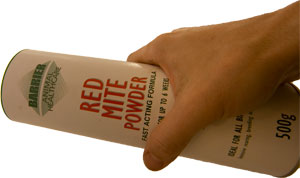 The best course of action is to check for red mite routinely when you clean your chicken house out and use some preventative treatment to the house before they get a hold. You will get to know the places to look and once you have found small numbers of them, you can treat the house to keep numbers under control. See my ‘preventative measures’ below
The best course of action is to check for red mite routinely when you clean your chicken house out and use some preventative treatment to the house before they get a hold. You will get to know the places to look and once you have found small numbers of them, you can treat the house to keep numbers under control. See my ‘preventative measures’ below
Are there Red Mite in your Chicken House?
People normally discover Red Mite when they are over-run by them. When hens are being bitten, they can refuse to go in to roost at night, they will become anaemic and their combs will go pale. They will often stop laying and you may find red blood stains on eggs (squashed Red Mites). Eventually, you will start to see losses in the flock.
Checking for Red Mite in Chickens Houses
Red Mite will hide away in the daytime but can often be seen if you lift perches, examining the ends. They will usually come swarming out if you treat the cracks with Poultry Shield but by far the easiest way to check to see if there are red mite is to take a piece of white kitchen roll and to rub it along the underside of the perch when your hens are roosting (in the dark). Look at the tissue and if there are Red Mite heading back from their feed, they will be squashed on the kitchen roll as streaks of blood.
Getting rid of Red Mite
It is very hard to get rid of them completely so it is often better to get the numbers down and then find a way of keeping them down that doesn’t involve you spending hours on cleaning the house out. There are lots of different treatments that people use, some more effective than others but I will focus on what I do and have found to be the most successful for me.
If you haven’t got red mite and the weather is warm enough for them (May to October in the UK) then skip step 1 and go straight to step 2. Preventative Measures.
1. Getting rid of an infestation.
If you find lots of red mite in the coop, it’s time for a big clean up that will take a couple of hours initially, then an hour every 5 to 7 days for at least 2 more weeks.
The products I have found to work the best (that are relatively safe) are Poultry Shield and Diatom. These two are not ‘knock down’ products as such, they do take a little while to work but are none the less very effective. I also use Red Mite Powder on the hens themselves to help them through the night when the Mites are active.
You can BUY Poultry Shield from Amazon Here.
Here is what I do with the Poultry Shield.
- Remove all birds from the house.
- Strip the house down as much as possible.
- Clean the house out – be careful where the bedding is going as red mite live for 6 months without a feed and will find a new home If they can. Ideally seal the bedding in bin bags or burn.
- Mix up as many watering cans of poultry shield mixture as is needed, as per the instructions on the label 1 part to 9 parts water.
- ‘Water’ all cracks in the chicken house, concentrating where there are perch ends and concentrations of red mite.
- Leave to soak for 15 minutes
- Red mites will be coming out. Cover them and the cracks with poultry shield again.
- Wait 15 minutes
- Hose out the house, concentrating on getting the pressure jet into the cracks and so on.
- Leave the house to dry.
Poultry Shield is a mild detergent and ‘washes’ the waxy coat off the red mites. It is also good for removing organic matter from the hen house so is useful for cleaning. I wouldn’t be without this!
After using the Poultry Shield, when the house is dry, I use Diatom. Diatom is made of micro skeletons of fossilised remains of diatoms. These were once a kind of algae found in water. They are microscopically sharp and pierce the outer waxy coating of the mites which causes them to dry out and die.
The second step also double up as my ‘preventative’ measures if you haven’t yet got a bad infestation
You can BUY Diatom from Amazon HERE
2. Preventative Measures
- Dust the ends of the perches / nest boxes and where ever else you found concentrations of red mites when cleaning.
- Rub as much into the perches as you can. Red mite will avoid the diatom and will crawl around it if they can, so make sure they have to crawl through it to get a feed.
- Repeat every couple of days for as long as you see signs of red mite in the coop.
Repeat the whole cleaning process if there are still lots of mites in 5 to 7 days. You will find you might not need to spend as long on the washing as there won’t be as many mites.
Very Important: Make sure you repeat it before 7 days so that the mites don’t have a chance to lay more eggs. A few mites become a lot in a very short space of time!
If you have a felt roof on your chicken house and they get underneath, it is usually impossible to get rid of them without removing the felt, cleaning and re-felting. My page on Chicken Houses gives more information.
Finally, I will dust the hens down between their feathers with Red Mite Powder to give them some respite during the night when the mites are active.
Beware of what you read!
There is a lot of information written about these troublesome ectoparasites on the internet these days, much of it re-written and re-spun. When I started writing about them, there was little available online. Strangely, some small errors that I had introduced on my page that I corrected in an update pop up frequently on other websites. Running a Google image search often uncovers companies that have used my copyrighted images! I make regular checks to try to stop this from happening.
If you wish to learn more about red mite then I would encourage you to read the guide to red mite on poultrykeeper.com. This is a reliable source of information and is regularly updated.

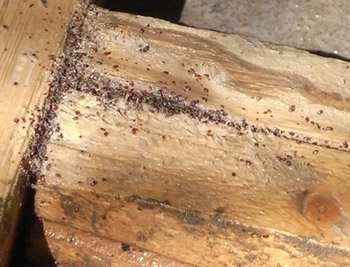
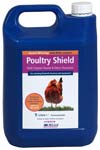
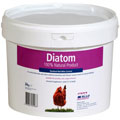
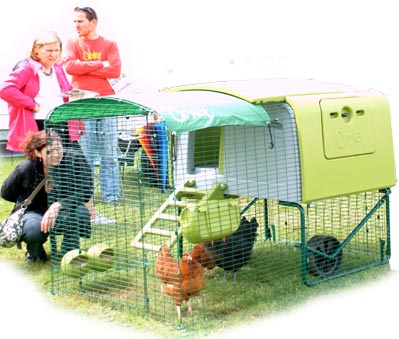
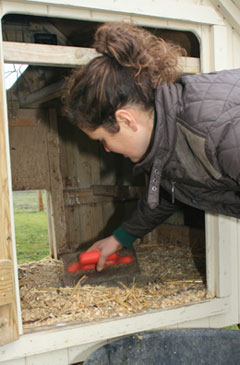
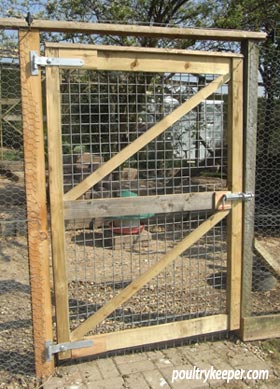
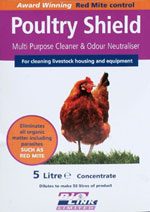
Pingback: Keeping hens part 1 | Crispy Snippets
I found a very effective way to deal with them is to use a blowlamp and burn them, taking great care not to set the coop on fire of course.
just blast all the cracks with the flame daily over a 3 day period and it will cure the problem. Dont hold the flame on the wood long enough for it to burn.
Then dust with Diatom
I got this advice from a guy has been keeping over 100 birds for a great number of years
I’m new to keeping chickens and not suffered the dreaded red mite yet.
I like the idea of the blowlamp and can see that being very effective, especially after I’ve pressure-washed the coop (when there’s less chance of setting the coop alight!). I’ve also read that double-sided sticky tape under each perch is an effective way of keeping the red mite population down.
I’ll be employing both methods at the first sign of trouble!
I have red mites in our chicken shed. The chickens are let out during the day. I see that you reccommend the poultry sheild. You say to remove the chickens.
Can I do this job in the morning with the chickens shut out and let them back in the evening or does the shed need to be empty for longer?
The manufacturers of Poultry Shield say that you can use it with the birds in the house. Personally I don’t like doing this but once the house is clean and has dried, I would have no worries about letting my birds back in. Essentially, Poultry Shield is a detergent and it removes red mite by washing the waxy coating off the mites. It’s very safe to use if you follow the instructions.
I have been keeping chickens for 3 years and recently (for the first time) to my horror, found red mites living in my chicken house…this must be the reason why my hens are not laying. The chicken house is situated 300metres away from my house in a seperate field where there is no power or mains running water (only an old bath catching rain water). Therefore, I can not jet wash the chicken house. Instead, I borrowed my husband’s hand held blow tourch and burned those little B’tard to ashes. I have done this for the past two days and will carry on for a couple more days. I have not use any other products along side my method, one to keep the cost down and secondly trying to be eco friendly. So far so good. fingers crossed.
I have just found a bunch of red mite at the ends of my perches. Just wondering, did the blow torch work?
In my experience it certainly destroys any Red Mites or eggs however it won’t get into the cracks to kill all of the mites, especially eggs. Imagine an egg that can fit in the course grain of a rough piece of wood – about 0.3mm in size. There are many tiny places for these eggs to be laid that can’t be reached with a blow torch.
I found a nasty case of redmite on Sunday we are new to keeping chickens and felt guilty about how bad it was. I have put the girls in a temporary house while blitzing the main one. I used a steamer to great effect, I aimed it into a gap in the wood and it blew through all the crevices (unfortunatly showering my other half who for some reason decided to walk past at that moment with half with burnt redmites) we are waiting for Poultry shield to arrive but have used diatom and things seem to be working.